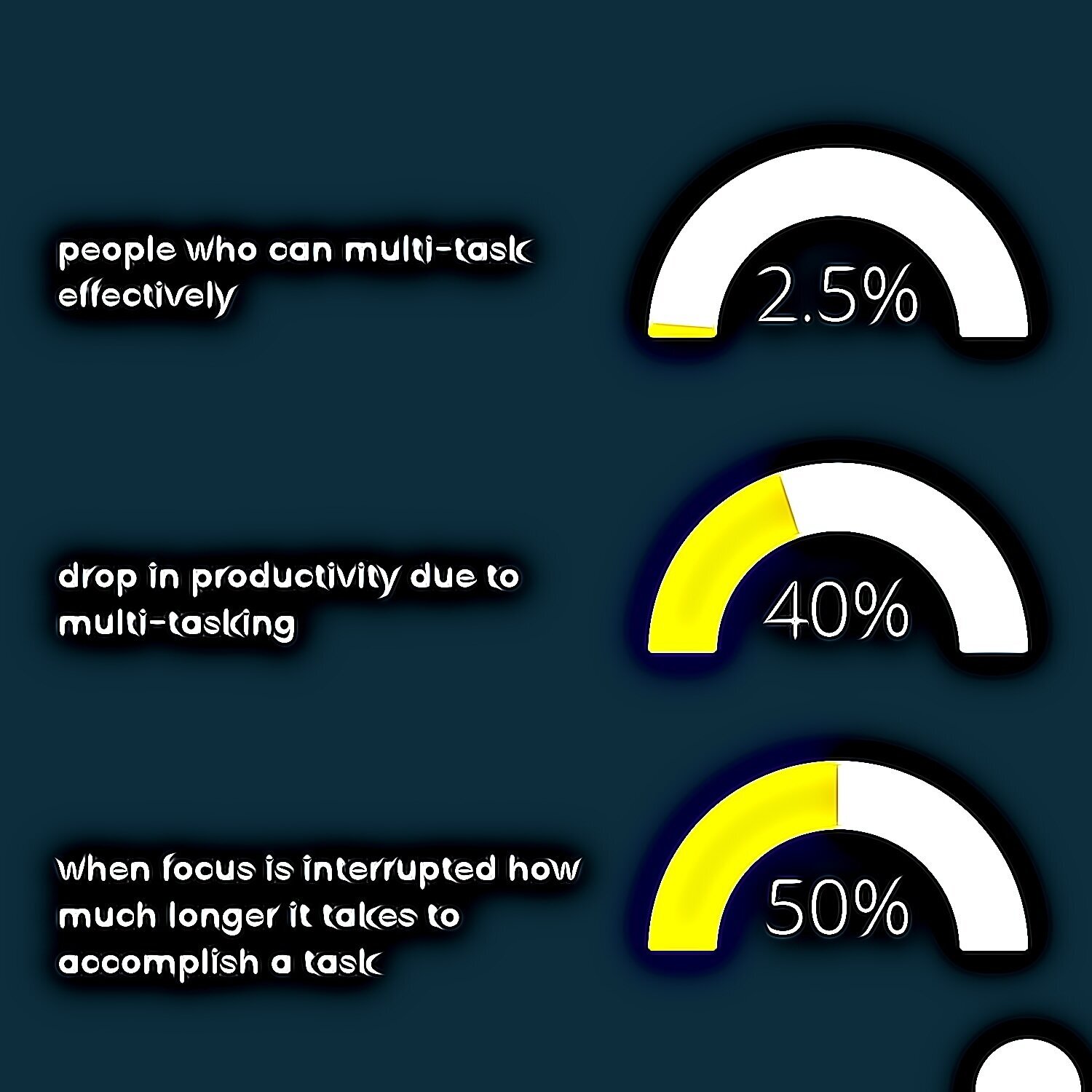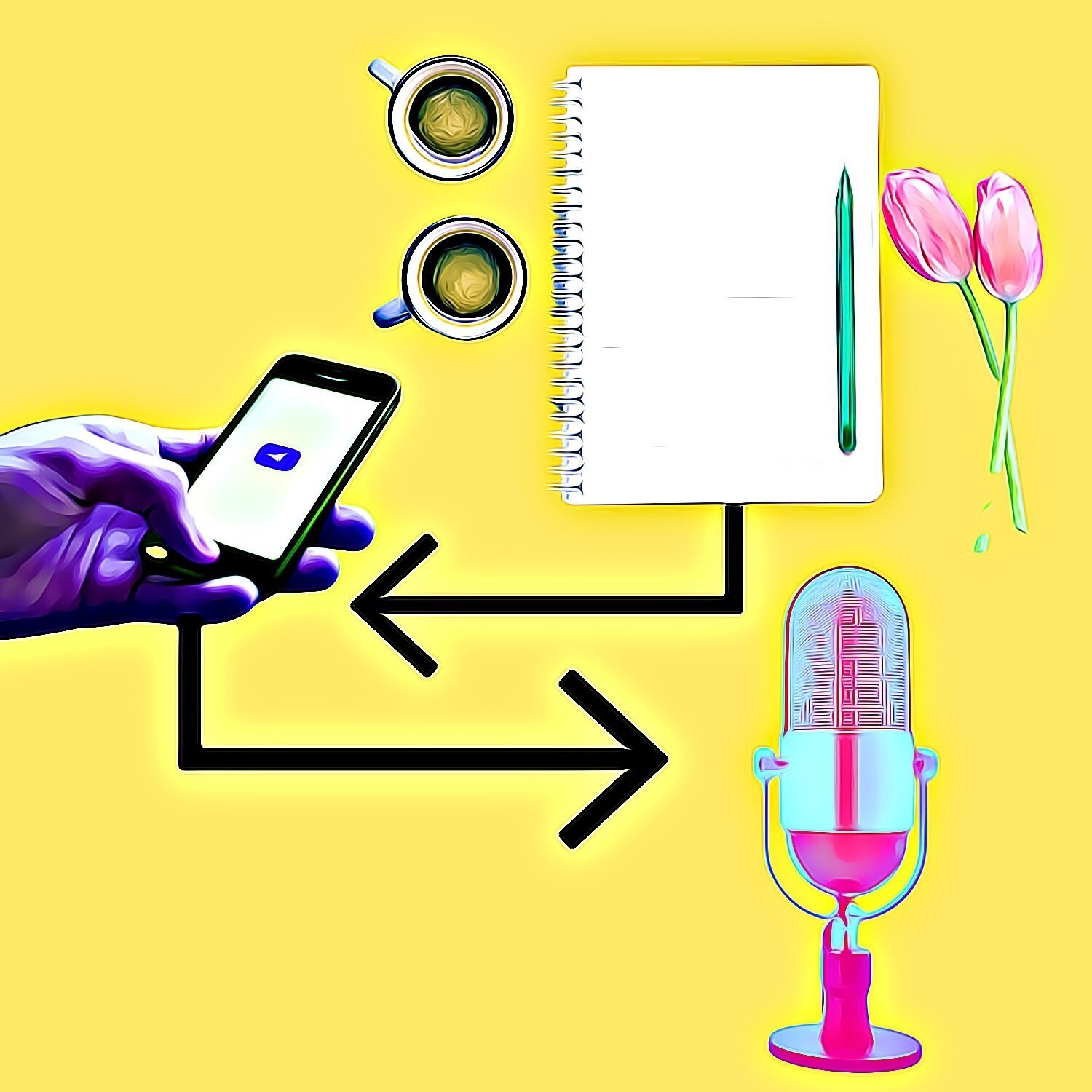Content Creation Batching: 7 Steps to Batch Your Content and Get Ahead
Tell me if this sounds familiar...
Every email and social media post you create comes down to the last minute.
You rush to get your blog post written and published before a deadline only to realize there are glaring typos you missed right in front of your face.
You feel like you are on the content creation treadmill and you never get ahead when creating your content.
Content marketing is meant to be fun, but your process of creating new content is getting in the way.
Enter content batching
By implementing a batching process you will...
Be the blogger who has posts written weeks in advance.
Have a content calendar scheduled and packed with high-quality content for your target audience and free of errors.
Have emails and social media content booked for the entire year within a couple of weeks.
You would never make one cookie at a time. That would take forever. Instead, you put in one ingredient at a time and pop a dozen in the oven to bake them all together.
Making consistent content is like baking cookies.
You should never take it one single piece of content at a time. Add your ingredients one at a time, sure, but then bake them together. But why is our content creation process broken in the first place?
Why Your Content Strategy Is so Time-Consuming
Humans are not good at multi-tasking.
You may swear that you can write emails and listen to the Zoom meeting with your camera turned off.
You really can't.
And, we can hear you typing on your keyboard because you forgot to mute yourself.
Only around 2.5% of people are able to multi-task effectively. source
Multitasking leads to as much as a 40% drop in productivity. Multitasking causes a 10% drop in IQ. source
When you interrupt your focus between tasks it can take up to 50% longer to accomplish a given task. source
Multi-tasking is just focus switching. When we write the headline for a blog post, then check our email, then answer a co-worker on Slack, we lose traction because we are distracted.
Is this getting too personal?
Your brain can take up to 25 minutes to get into a flow state, something that is essential for creative work like content marketing. source
The Illusion of Urgency
Marketers have a tendency to think that everything is urgent.
However, the label of urgent probably means the task is less important than we think.
Our brain prefers to do small urgent tasks with a smaller payoff over longer more impactful tasks with a bigger payoff.
This means we must be mindful of how we take on and assign tasks to our co-workers and employees.
The truth is, most urgent tasks are not truly urgent especially if they can be completed in a manner of minutes.
Like the boy who cried wolf, if we fake urgency we will eventually lose respect and credibility.
Separate the Tasks That Take Creative Thinking From Those That Don't
Brainstorming and researching topic ideas for your blog content takes creative thought, but plugging in images and captions into your social media planner does not.
Writing content takes tons of brainpower; answering your emails for the day takes much less.
Create a list of your daily activities that require creative critical thinking and separate them from those that don't.
Batch up those urgent quick wins, too. Chances are these will require less critical thinking as well.
Prioritize Creative Projects First
It's a bad idea to do 1,000 burpees right before performing brain surgery.
It's a bad idea to answer emails before doing creative work.
Now that you have your list of creative tasks, choose to do these when you are fresh. Work on those important but less urgent projects before you do the mind-numbing things you don't need to be as sharp for.
Write your blog with your morning coffee or create the images for your content after you come back from lunch.
How to Batch Content Based on the Type of Content
Here is the thing about creating content, when you start big and work your way down you get ahead, but not the other way around.
1 long-form blog post, video, or podcast creates up to 5 emails.
1 long-form blog post, video, or podcast creates up to 2 months of social media content.
When you create your long-form assets first, the ones that are the most difficult to do, you have the ammunition needed to create months of emails and social content in advance.
Essentially, you are just repurposing or redirecting to these larger assets in different forms.
Step 1: Brainstorm Topic Ideas
Create as many as possible ahead of time. Create a genuine list.
Create 52 keyword-optimized assets that you love to create and that will also elevate your business and brand voice.
These should be long-form topics. Topics that require a deep dive.
Think blog posts over 3,000 words or more, up to four 5-minute long videos or one 20-minute video, or an hour-long podcast.
Step 2: Make Your Content
Now that you have a big list, choose a single piece of content and create a quality asset. For more information on how and why to create long-form content see my post on the creation process.
Step 3: Create the Visuals for Your Content
Whether you are writing a blog post, shooting a video, or recording a podcast you are going to need some static images.
Shoot for around 15 to 20.
Think about what concepts would best be shown in visual form. Charts, diagrams, and infographics are awesome here.
You don't need to be an expert designer to create these either.
Any small business owner can use a tool like Canva to create helpful visuals that add value to your audience.
Videos also really help supplement your blog post and cause readers to stick around, so if you didn't already create a video consider creating one here.
Remember, no matter what, you are still going to want some static visuals — this will help with the scaling process later on.
Step 4: Edit and Revise Your Content
Get a second set of eyes on it. If you made the content you are definitely too close to it to see your own errors.
An editor is an indispensable asset to your creative process.
Outsource the editing process by hiring one on a site like WriterAccess to ensure your content is ready for the public.
This will also save you time in the content creation process.
Get. An. Editor!
Step 5: Create and Post Your Long-Form Content in a Cadence
A great cadence is to create three 3,000+ word blog posts a week and post only 1 or 2 a week.
Why so many?
Things will come up. Life will get in the way. But, if you can create multiple long-form assets each week, you won't be derailed when they do. In fact, you will start to get ahead.
If making videos, shoot for creating 3 to 5 videos a week.
If making podcasts, record 3 a week.
I like to set a budget so that I don't burn out and so I stay on schedule.
I write 1,500 words every morning for 6 days and take one day off. This way I don't get burned out and I continue to stay fresh.
Try to set aside 3 sessions for your podcasts because these sessions tend to be longer.
For video filming, daily isn't ideal. Because video requires a lot of gear (microphone, lighting, charged camera batteries) it’s best to do this in one sitting.
Step 6: Repurpose and Promote Your Content in Email and on Social Media
Your content, since it is long-form, will be broken down into sections.
Use different sections of your content to create up to 5 emails.
These should add value by dropping a bit of knowledge, but then also point back to your blog for the complete scoop.
Even if the reader has already read your blog, your email will be a good reminder of the information they learned.
All marketing is a practice in memorization.
All marketing is a practice in memorization.
See what I did there?
For example, for this post I could create the following 5 emails:
Why your content strategy is so time-consuming.
How to prioritize creative tasks for content batching.
The 6 steps of content batching.
How batching allows you to create better content.
How to have time to experiment and innovate in content marketing.
Next, you'll want to create your social posts for your content. Create one post for every image or subsection that you created.
I told you these images would become handy later on. Re-use the wording from your blog post, but change the headline so that it is more emotionally engaging.
For example, each step on content batching could be its own social post.
An essential element of content marketing strategy is consistency. Now your blog and email/social campaigns are in alignment.
If you are using video, chop selected parts into one-minute clips with subtitles. Remember, you can still use the images from your video as social posts, too.
For podcasts, transcribe your content and create a blog post complete with headings and subsections.
Use software like sonix.ai to have your audio transcribed automatically. Embed your podcast at the beginning of the post and let folks know that the transcription is below.
This will also make it easier for you to plug in copy for email social media captions.
One last note about podcasting: video podcasts are not the best idea because people tend to consume podcasts while doing other things.
However, if you are filming your podcast, it can be great for short captioned social clips. People will spare a minute to watch you on their feed.
Step 7: Get Ahead And Repurpose Content
Whew! Now you have a bit of breathing room. Do the same thing next week.
If you create one long-form blog topic that has 5 emails and 20 images, then after 10 weeks of hustle, just one quarter of work, you know all the emails are written for the whole year and social media content for the next year and a half.
Boom.
Once you have your emails and social done for the year, you can focus on creating even higher quality content.
How to take your content to the next level:
Reach out to expert contributors for your blog post.
Turn blog topics or sub-sections into videos and embed them on your highest performing blog to make them even better or on your lower-performing blogs to give them a boost.
Consider adding another medium to the mix. If you haven't done a video yet, do video; if you haven't added a podcast or a webinar, it's time to start learning.
Go back through your social media posts and make them more engaging by asking timely questions to make them feel more up-to-date.
Use your video or blog as the outline for a podcast. Add more personal stories and take your time telling them.
Do original research by taking surveys of your email list, social following, or customers to make your content newsworthy and more exclusive.
Batching content is how we innovate and streamline our workflow.
Humans have always created art, but art is usually borne with some sort of stability.
You actually need time to think and dream.
There was a huge growth in the arts with the invention of farming because people did not have to carry all their art materials with them and could stay in one place.
Not batching your content is like chasing down a wooly mammoth each day.
You're too busy hustling to be creative.
Batching content is like learning to farm.
It creates the opportunity for surplus.
If you don't batch content you'll never have time to read the latest books on your industry or take a deep dive into new social media channels or blogging best practices.
When you batch your content you begin to develop a series of templates and procedures on how you do everything, from how you respond to emails to how you hashtag Instagram posts.
Now you have the time to make your LinkedIn page more robust and analyze metrics between your different social media platforms.
Batching your content planning is the primary way to catalyze your digital marketing and make it fun again.
Marketing should be as fun as making a batch of cookies. When you batch your content it is.
Hey, I'm Clint.
I love to create content that helps businesses and agencies get better results faster















